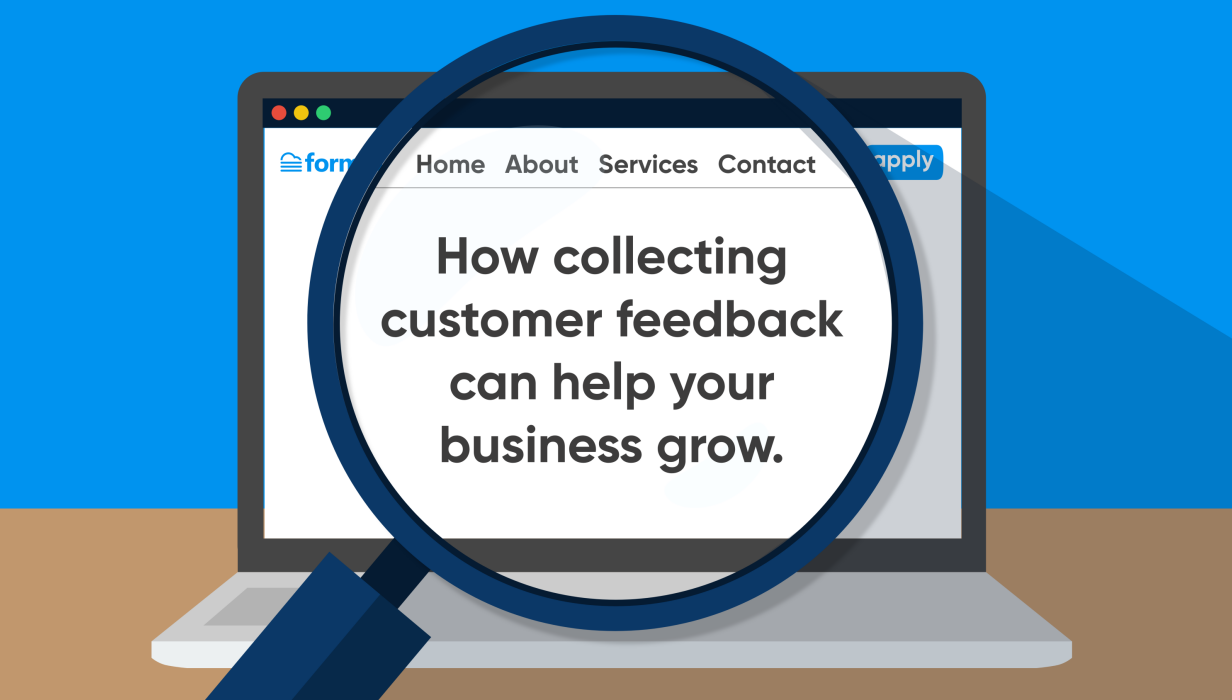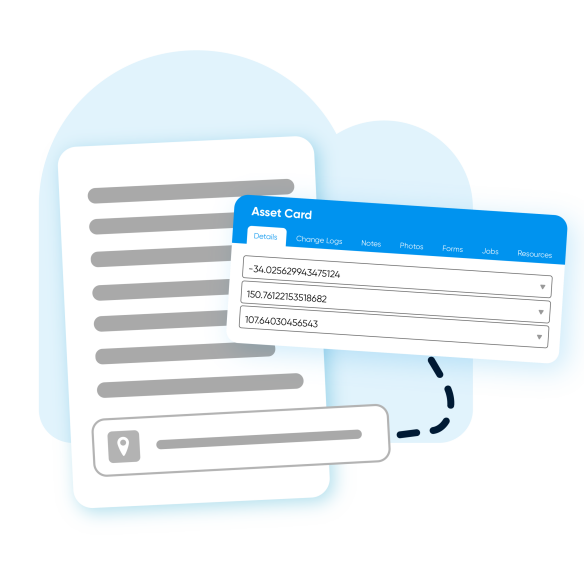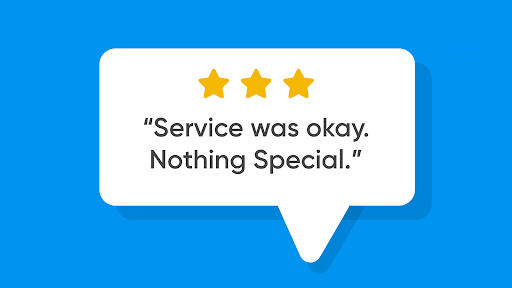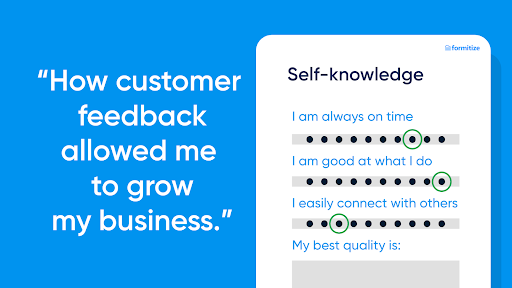What data should I collect from my clients?
Depending on the size of your business, niche or industry you might want to ask for specific data. For the purpose of this blog article, we will focus on the type of data that any business can and should ask their clients after providing a service or selling a product:
- Overall ‘rating’. (How satisfied are you with our product or service?)
- Highlight. (What did you like best about our product or service?)
- Room for growth. (Do you have any feedback or suggestions for improvement?)
- Potential Fan. (Would you recommend us to someone close to you?)
There are thousands of other questions that you might want to ask and our suggestions are by no means the only options available to you.
However, asking four simple questions - one from each category - will give you a complete overview of the customer experience.
Overall Rating - How satisfied are you with our product or service?
Use this data to determine a base ‘satisfaction’ level and set goals to improve this/keep this the same.
Asking your customers about how they would rate the overall experience is helpful because it gives you a quick overview on how people would rate your company via an online review.
Highlight - What did you like best about our product or service?
Use this feedback for future marketing/communication campaigns.
Did you know that most people looking for a plumber value a ‘reliable’ and ‘trustworthy’ service over the ‘technical ability’ of a plumber? You might be surprised what people enjoyed about your service. If you notice that multiple customers have the same or a similar response to this question, use that data to your advantage! Why not use this information to target new customers in your advertising strategy or your posts via social media?
Room for growth - Do you have any feedback or suggestions for improvement?
Use this feedback to improve your services, communication or the overall customer experience.
If you truly want to grow your business based on customer feedback, this is going to be your most important question. Why? Because it will give you an insight into what actually really matters to your customers, what is missing in your current service delivery and what you should do to improve the overall customer experience.
Potential Fan - Would you recommend us to someone close to you?
Use this feedback to grow your business!
When a customer would recommend you to a friend or family member, it means that the service was meeting - and most likely exceeding - their expectations.
This question requires your additional action!
If the answer to this question is ‘no’, try to follow up with a question: we would love to hear where we went wrong.
If the answer to this question is: ‘yes’, thank them for their response and add a Task in your Formitize Task-Module to ask them for a Google Review next time you book a service with them.
How to ask for a Google Review:
To generate a custom Google review link, follow these steps:
- Sign in to your Google Business Profile account.
- Select the location or business you want to manage.
- Click on the ‘Get more reviews’ button.
- Create a custom short URL by clicking the pencil to edit.
- Share with your customers.
How do I collect feedback from my clients and analyse feedback data?
Amazing! You made it here. Your determination to learn more about how you can grow your business through customer feedback is greatly appreciated! In this final step, you are going to set up your client feedback process.
The best time to ask for feedback
Let’s keep this nice and simple. The best time to ask your customers for feedback is immediately after you have provided your services.
Asking for feedback as soon as possible will increase the likelihood of your customers responding to your feedback request. Let’s set up your feedback process!
Feedback Process for Formitize Users
Set it up once, done! Formitize allows you to automate your feedback process with just a few simple steps.
Step 1 - Adding Feedback Form from the Formitize Form Bank:
Navigate to the Formitize Formbank (click on link).
Navigate to ‘Form Categories’ on the left side of your web portal and click on ‘Surveys’.
Choose ‘Customer Satisfaction Survey’ and click on ‘Upload Template’.
Step 2 - Enabling the Web Form Functionality:
Navigate to ‘View Form Templates’ (click on link).
Click on ‘Customer Satisfaction Survey’ and navigate to ‘Webform options’ on the right side of your web portal. Click on the checkbox to enable the webform functionality.
Click on ‘Save Details’ to save your progress.
Step 3 - Setting up your automated Feedback Process.
Copy a link to your webform within the Form Details section (this is where you have previously enabled the webform functionality).
Navigate to your Jobs Module and click on ‘Job Type Templates’.
Click on ‘Job Status Updates’ and then click on the ‘+-icon’ to set up your feedback automation.
- Click on the email icon.
- Select ‘Job Complete’ under the ‘Trigger When:’ section.
- Email to ‘Contact’s email’ (this is automatically selected).
- Add a subject.
- Add your email content.
- Click save. Done!
How did we do?
Well, how did we do? Did this article give you some new insights in how to use customer feedback data? Let us know. We would love to hear from you so that we can improve our future posts to better meet your needs.
How did you do?
We hope this article was insightful - and above all, we hope that you are able to set up your own customer feedback process. Make sure to let us know if setting up an automated feedback workflow has been helpful to you. We always love to hear our customer’s success stories!



